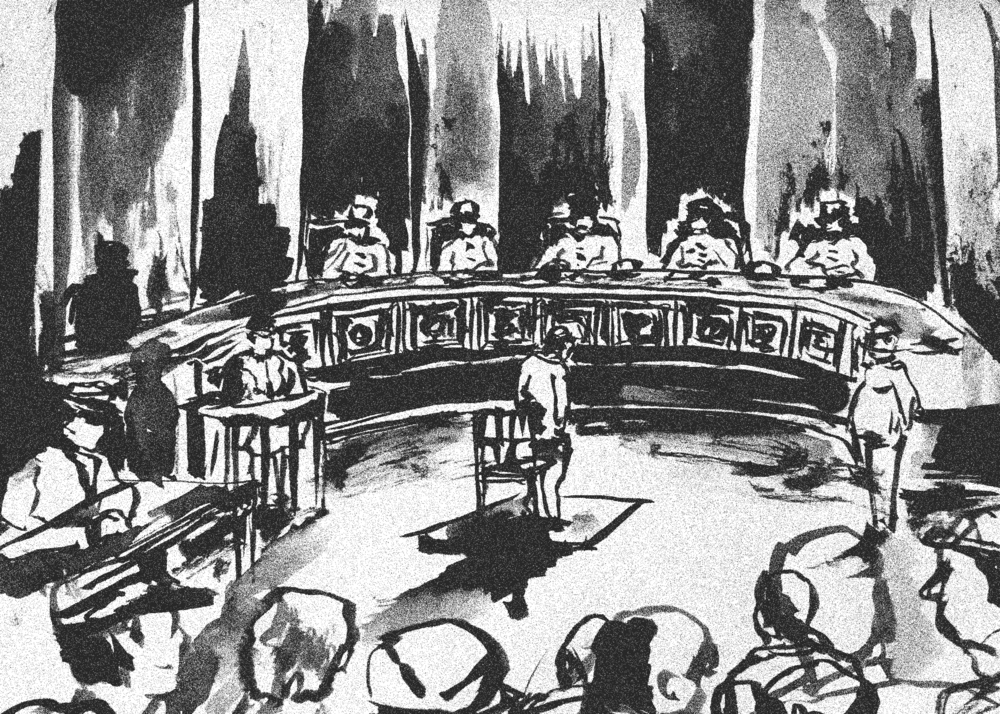Project
This project investigates the role that Japanese military justice (courts-martial and military commissions) played in the relative escalation or containment of violence during the Asia-Pacific War, 1937-1945. During these years, Japan fought a war of attrition in China since 1937 that soon moved southwards and eventually led into an all-out war with the US and its allies starting in 1941. At the height of the conflict, the Japanese wartime empire extended from Sakhalin to New Guinea, and wherever Japanese soldiers went, the Japanese military "Legal Departments" went with them.
The role of these departments was threefold: to court-martial delinquent soldiers for breaches of conduct and crimes (such as insubordination, desertion or rape); to hold trials over the civilian population in occupied territories for violation of martial law (e.g. sedition, espionage or sabotage); and to judge so-called enemy soldiers that were captured for “grave war crimes” (especially US airmen for bombing Japanese cities) and misdemeanours during captivity.
Through the study of court cases, the analysis of official reports, policy papers, personal records of legal officers or other personnel involved such as the field police (kenpei), this project seeks to explain a persisting contradiction that lies at the heart of Japan’s involvement in the Second World War (and, indeed, much of modern warfare since then): Although Japan prided itself to apply the laws of war to the letter in its early wars (particularly in the Russo-Japanese War of 1904/05) and although it officially declared its intention to do so again during the Second World War, Japan’s war actions saw an unprecedented escalation of violence, not only between enemy combatants, but particularly also towards the civilian population of China and Southeast Asia. All the while, Japanese legal officers in the army and navy adjudicated Japanese soldiers and local civilians in the war zones with often meticulous attention to factual detail and bureaucratic procedure.
A central hypothesis of this project, therefore, is that law and violence in this war did not necessarily constitute a natural contradiction, but that military justice often followed “military necessity” that sought to render violence even more effective through standardisation and procedure, in the latter case constituting a form of violence in itself.
The various subprojects seek to demonstrate this while at the same time acknowledging the wider context of legal practices, e.g. by relating these to the more general concern of discipline and informal practices of disciplinary measures in the army (Schölz); by highlighting the important role of the kenpeitai in these proceedings and their particular interest to use military justice as a tool of control over local populations and battling guerillas (Maddox); by contextualizing the legal regime that governed the treatment of prisoners war within the general process of war legislation (Stassar); or by emphasizing the sociological aspect of military justice through a biographical approach of the careers and beliefs of legal officers and their trans-war trajectory (Zachmann).

